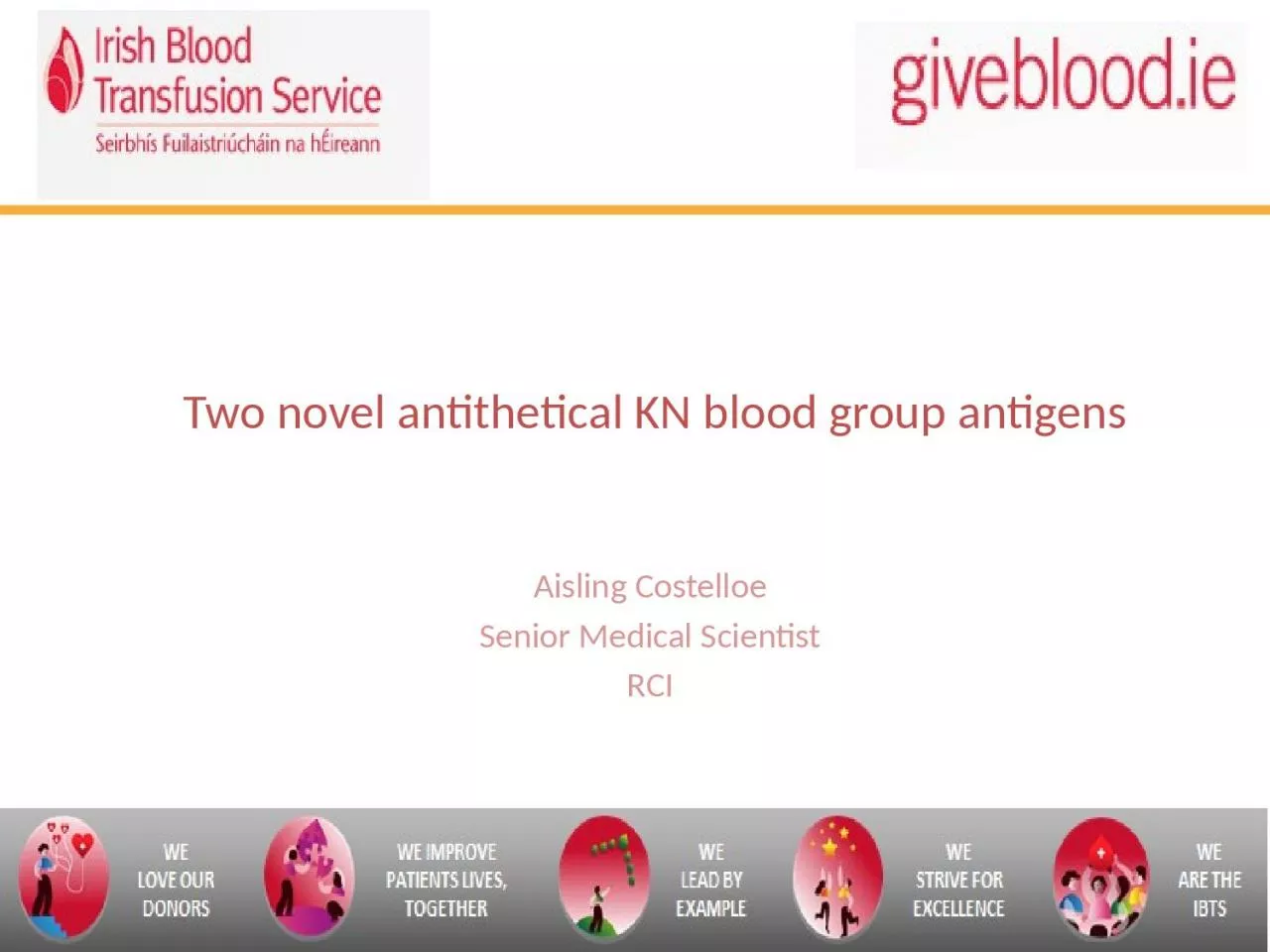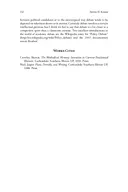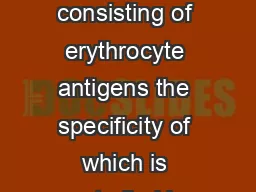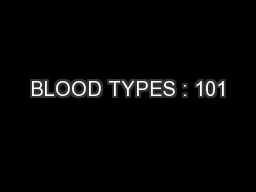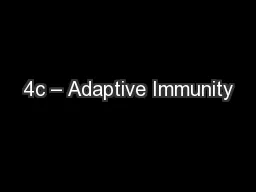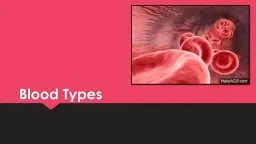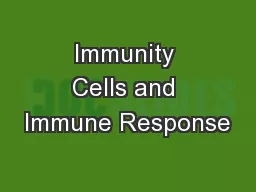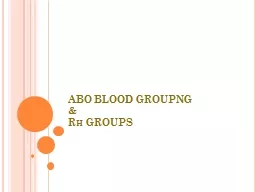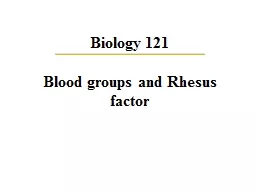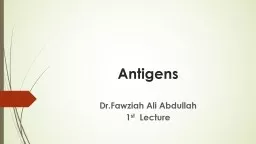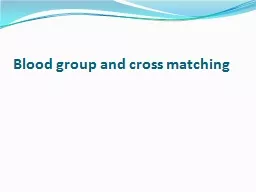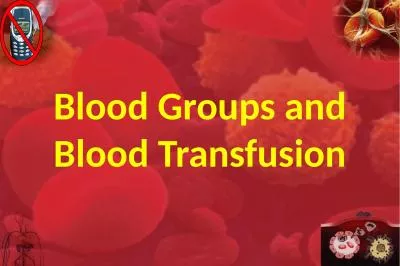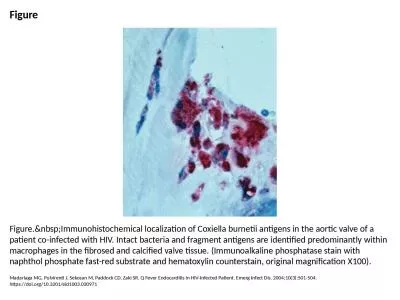PPT-Two novel antithetical KN blood group antigens
Author : hadly | Published Date : 2023-12-30
Aisling Costelloe Senior Medical Scientist RCI Two novel antithetical KN blood group antigens RCI involvement Knops system Complement receptor 1 Grueger et al
Presentation Embed Code
Download Presentation
Download Presentation The PPT/PDF document "Two novel antithetical KN blood group an..." is the property of its rightful owner. Permission is granted to download and print the materials on this website for personal, non-commercial use only, and to display it on your personal computer provided you do not modify the materials and that you retain all copyright notices contained in the materials. By downloading content from our website, you accept the terms of this agreement.
Two novel antithetical KN blood group antigens: Transcript
Download Rules Of Document
"Two novel antithetical KN blood group antigens"The content belongs to its owner. You may download and print it for personal use, without modification, and keep all copyright notices. By downloading, you agree to these terms.
Related Documents

